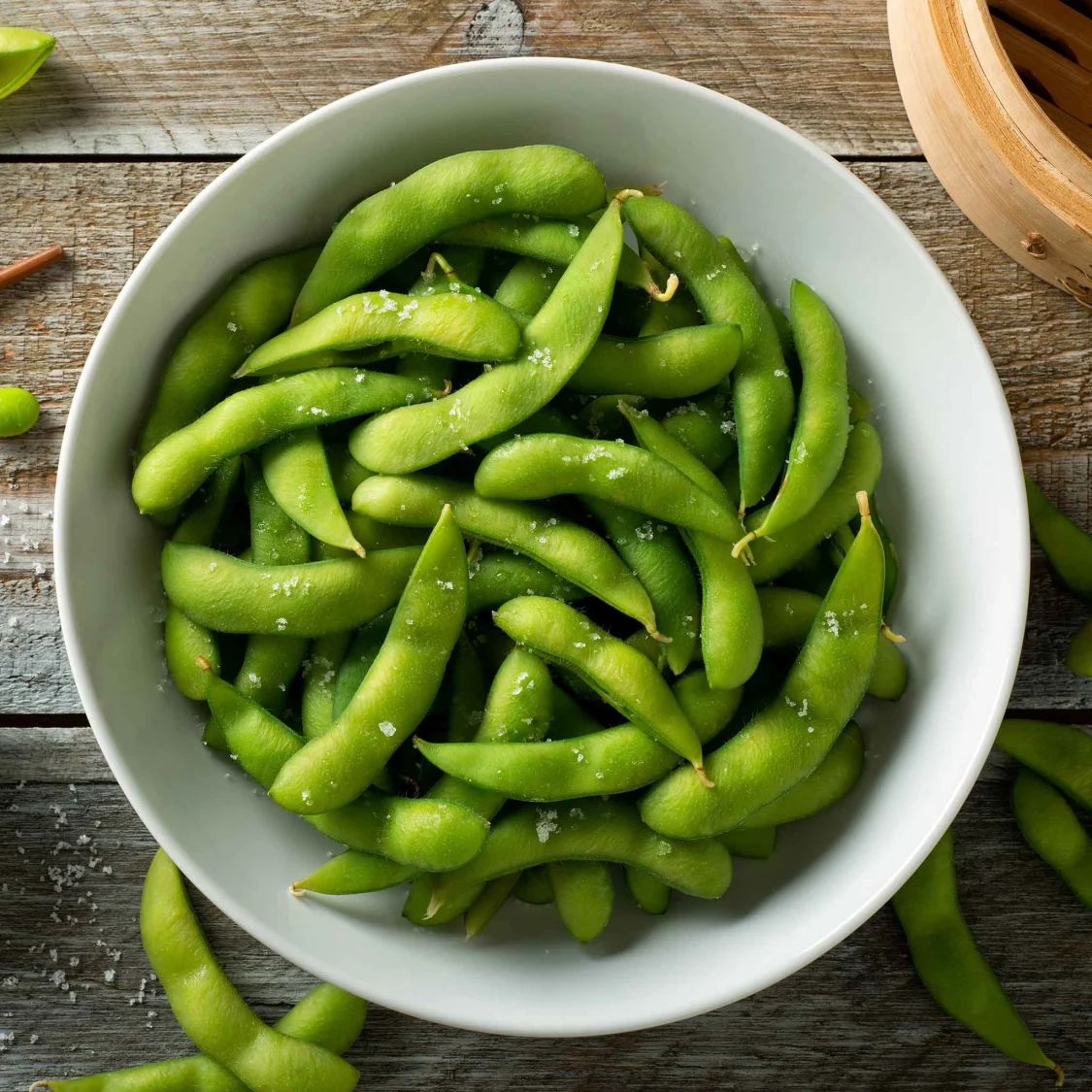
Edamame
Steamed young soybeans in pods, typically served as appetizer.
Ingredients
- •Fresh soybeans
- •Sea salt
- •Water
Instructions
Boil Water
Bring salted water to boil
Cook Pods
Boil edamame pods until bright green
Season
Sprinkle with sea salt and serve
Edamame is a popular Japanese appetizer consisting of young soybeans still in their pods, typically served lightly steamed or boiled and sprinkled with sea salt.
While edamame has been consumed in East Asia for over 2,000 years, it gained widespread popularity in Japan during the Edo period (1603-1867) as a nutritious snack to accompany beer and sake at izakayas (Japanese pubs).
The preparation of edamame is remarkably simple yet precise. The bright green pods are boiled or steamed in salted water until they become tender but still maintain their signature crunch. The cooking time is crucial - typically 4-5 minutes - as overcooking can result in mushy beans and lost nutrients.
While the traditional preparation involves just salt, modern variations might include garlic, chili oil, or sesame seasoning. Some creative cooks even incorporate edamame into salads, stir-fries, or as a protein-rich addition to rice bowls.
In Japan, edamame is most commonly served as an appetizer or beer snack (otsumami) at restaurants and izakayas. The ritual of sliding the beans out of their pods with your teeth is part of the enjoyable eating experience, making it a fun and interactive food.
From a nutritional standpoint, edamame is a powerhouse of nutrients. These young soybeans are rich in plant-based protein, fiber, and essential vitamins and minerals, particularly folate and vitamin K. They're also a good source of isoflavones, which may offer various health benefits. However, those with soy allergies should avoid edamame, and some people may prefer to consume soy products in moderation due to their phytoestrogen content.
